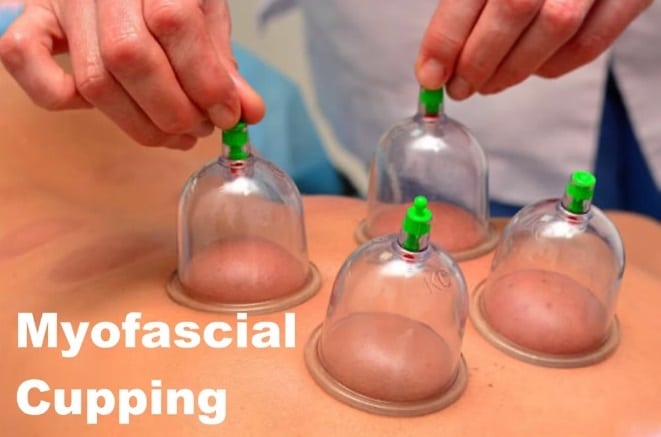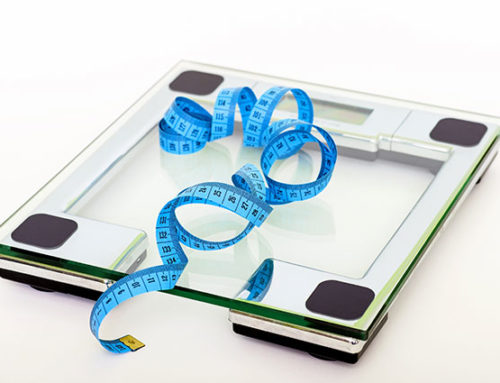Watch and learn as Cary Orthopaedics physical therapist Chad Moses, PT, Cert. DN, Cert SMT, CKTP, GTS, Dip. Osteopractic discusses and demonstrates myofascial cupping, a type of soft tissue therapy.
What is myofascial cupping?
Myofascial cupping is a physical therapy technique that uses suction cups to create a negative pressure or vacuum over a specific area of the skin. When the cups are placed on the skin, the vacuum created by the cups helps to lift and separate soft tissue and facilitate its release and mobilization.
Like some other modalities in physical therapy, such as dry needling or instrument-assisted soft tissue mobilization, cupping dates to 1500 BC and was widely used by Egyptian, Greek and Chinese civilizations.
How does it work?
The fascia is a thin layer of connective tissue that surrounds muscles in the body. When the fascia becomes tight or restricted, it can cause pain, stiffness, and reduced range of motion. Myofascial cupping can help to release this tension and improve blood flow to the affected area.
When cups are placed on the skin, they create suction that pulls on the muscles and tissues. This can cause a reduced blood flow to the area, which makes the body respond by sending more blood to that area. The increased blood flow can help reduce pain.
The suction of the cups also helps stretch and loosen up the tissues, making them more flexible and easier to move. Cupping differs from traditional deep tissue massage, which applies pressure to the tissues. Cupping can also help calm irritated nerves and trigger points because, during a session, the body may release natural neurotransmitters that control and minimize pain.
What is a treatment like?
Cups used in myofascial cupping are typically made from glass or hard plastic or have a silicone base. The sizes and shapes of the cups are determined by the area your physical therapist is targeting. One or more cups can be used, but it is generally better to start with a conservative treatment and work up to multiple cups.
The cups are placed on the targeted areas. The intensity of the suction should be minimal to moderate but within the patient’s comfort level. Most treatments last from two minutes to 15 minutes in one specific region. The cup is placed in one position and not moved for the duration of the treatment.
Cupping can be performed on different body parts, including the back, legs, and arms. It is often part of a larger treatment plan that may include other physical therapy techniques.
Benefits of myofascial cupping
Cupping can help with chronic pain, arthritis or conditions like fibromyalgia. It can also promote the breakdown of scar tissue in the muscles. Other benefits include:
- Release of muscle tension and pain
- Improved range of motion and flexibility
- Reduced inflammation and swelling
- Improved circulation
After treatment
After a myofascial cupping session, you may have increased redness in the area. This is temporary and occurs due to the dilation of the blood vessels. You may also experience marks or bruising.
Muscle aches are common for the next 24 hours after treatment. The feeling is similar to the day after a vigorous workout.
As with instrument-assisted soft tissue mobilization, you can rupture small capillaries in some blood vessels closest to the skin, which will go away in one to three weeks.
Myofascial cupping in the Triangle
Cupping is a safe and effective technique if used correctly and performed by a trained therapist. For more information on this type of physical therapy treatment or to book an appointment, please get in touch with us today.






